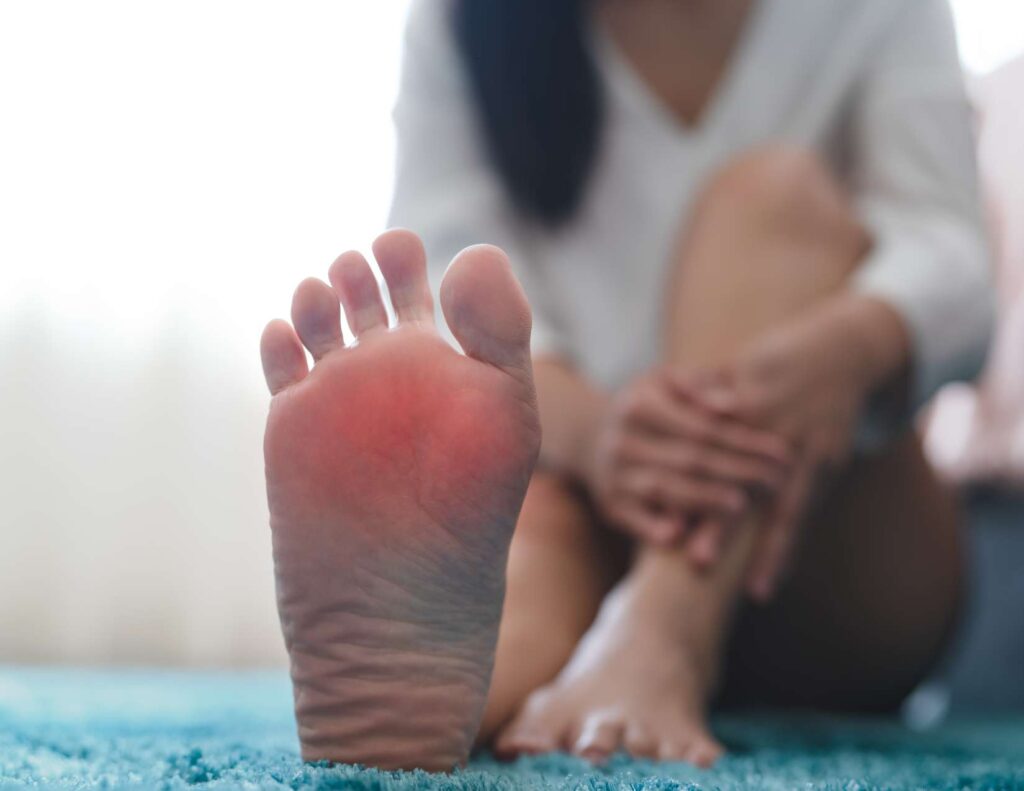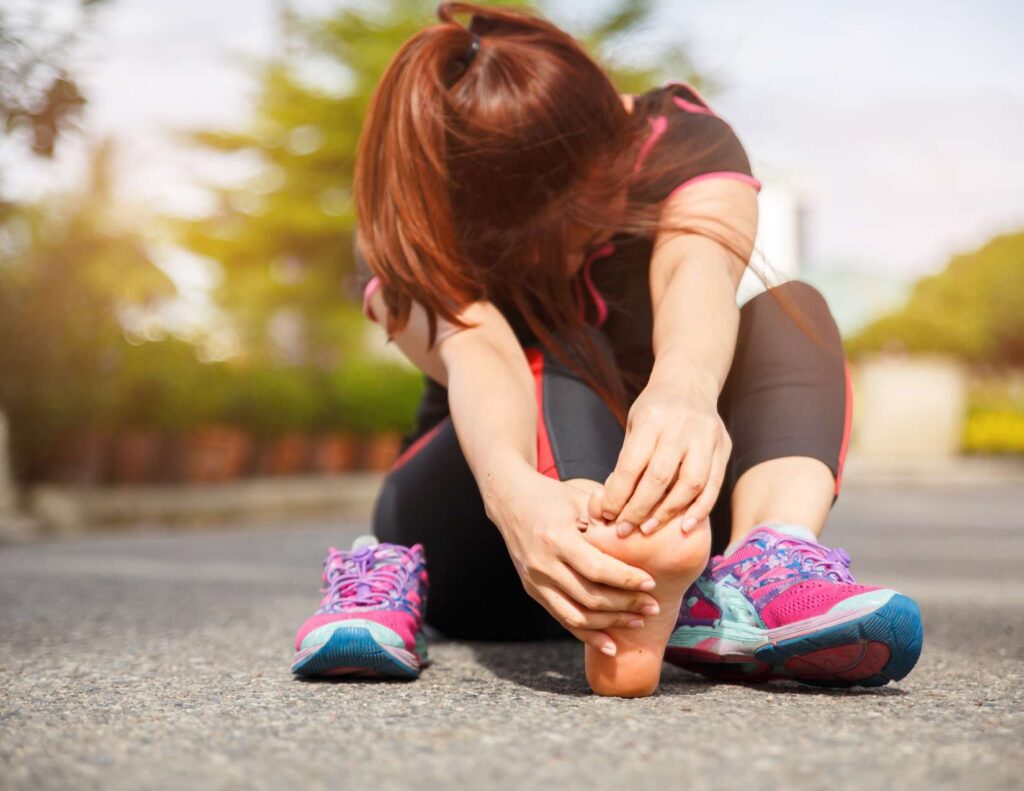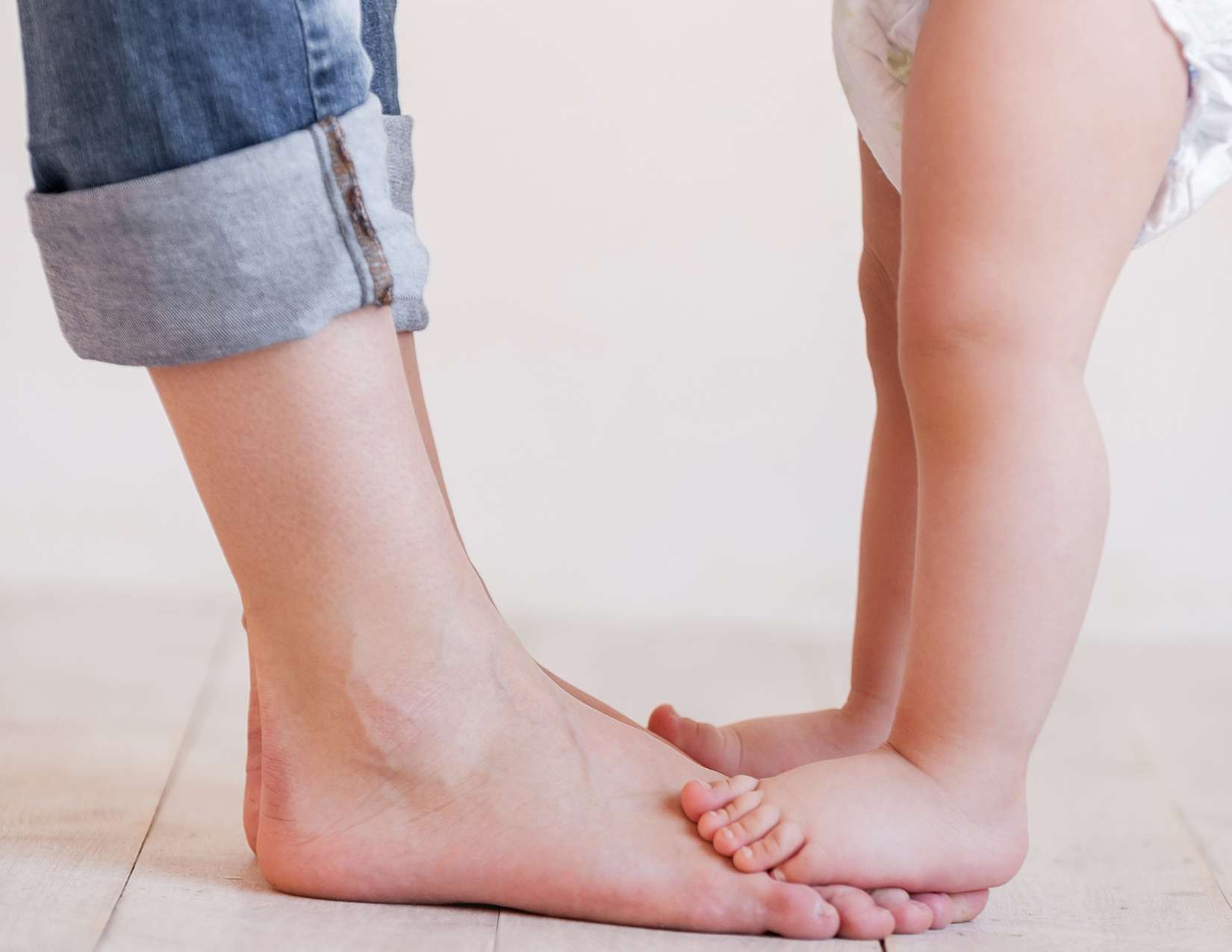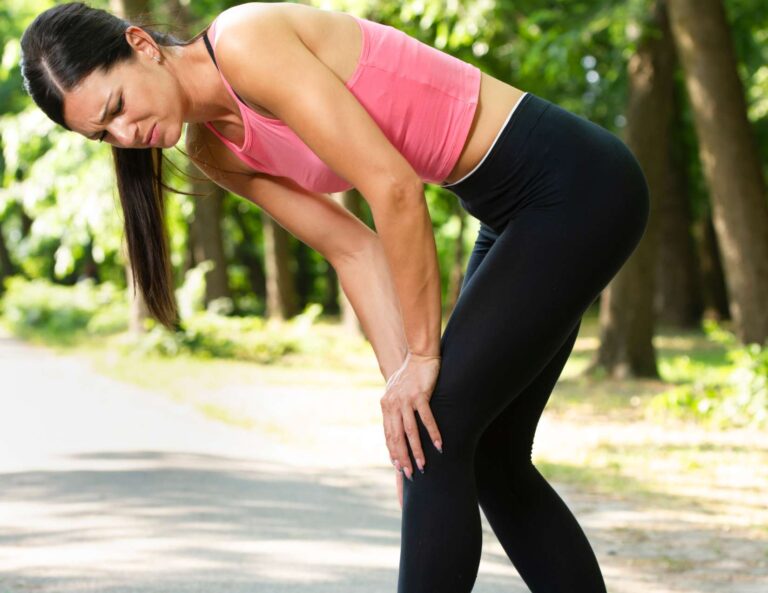Foot Pain After Pregnancy: Solutions for Postpartum Relief
Congratulations on the arrival of your little bundle of joy! While the experience of motherhood is undeniably rewarding, it can also come with a few unexpected challenges. One of these challenges that many new moms face is foot pain after pregnancy. The hormonal changes, weight gain, and increased pressure on the feet during pregnancy can often lead to discomfort and even pain. But there’s good news, because relief is within reach!
In this article, we will explore the common causes of foot pain post-pregnancy and provide you with practical tips and techniques to alleviate your discomfort. From the right footwear choices to exercises specifically designed for postpartum foot pain, we’ve got you covered. So, let’s dive in and discover how you can take care of your feet post-pregnancy, and get back to enjoying this precious time with your little one. Say goodbye to aching feet and hello to happy, healthy feet!

Table of Contents
Understanding foot pain during postpartum
After the joy of giving birth, many new mothers experience a range of physical discomforts, including foot pain. It’s a lesser-known postpartum issue that can significantly affect a new mother’s well-being and ability to care for her newborn. Understanding the causes and remedies for foot pain after pregnancy is crucial for finding relief and ensuring a smooth recovery.
Postpartum foot pain can stem from various factors, including weight gain during pregnancy, hormonal changes, and the strain placed on the feet during labor. The body’s ligaments and muscles may also become weakened, causing additional stress on the feet causing ankle pain, hip pain or even stress fractures. Additionally, fluid retention and swelling, which are common for pregnant women, can persist postpartum, adding to the discomfort.
Causes of foot pain after pregnancy
Several factors contribute to foot pain after pregnancy. Firstly, the natural weight gain experienced during pregnancy places excess pressure on the arches of your feet, leading to strain and discomfort. Hormonal changes can also affect the structure of the ligaments and muscles in the feet, causing instability and pain. Furthermore, the act of giving birth itself can put immense stress on the feet, potentially resulting in temporary or long-lasting pain.
Another common cause of this foot condition is the retention of fluid in the body, especially in the lower extremities. This excess fluid can lead to swelling and inflammation in the feet, exacerbating any existing discomfort. Additionally, the combination of hormonal changes and fluid retention can result in the development of conditions such as plantar fasciitis or tendonitis.
A scientific study showed that, “Lower extremity pain is common in women of childbearing age. Pregnant and postpartum women are more likely to develop new lower extremity symptoms. The timing of symptom onset in mid- to late pregnancy may suggest that biomechanical factors play a larger role than hormonal influences.”

Common foot problems experienced postpartum
Foot pain can manifest in various forms, and being aware of these most common foot problems is essential for effective management. One prevalent issue is plantar fasciitis, which is characterized by pain and inflammation in the heel or arch of the foot. The plantar fascia ligament weakens and muscles of the feet, coupled with the extra weight and strain, can contribute to the development of this condition. It can also result in an increase in foot size as there are permanent structural changes.
Another common foot problem for postpartum women is tendonitis, which is the inflammation of a tendon. The tendons in the feet can become stressed and overworked during pregnancy and labor, resulting in pain and discomfort. Additionally, the fluid retention experienced during pregnancy can contribute to the development of conditions such as edema, which causes swelling of the blood vessels and fluid accumulation in the feet.
Ingrown toenails can be problematic during pregnancy and postpartum. During pregnancy, the extra weight can put additional pressure on the feet, making it easier for nails to become ingrown. Toenails may also grow faster during pregnancy, increasing the likelihood of developing an ingrown toenail.
Heel spurs during pregnancy and postpartum can be caused by the additional weight and pressure on the feet. Wear shoes that provide good support to help reduce stress on the heels.
Corns and calluses tend to form more easily during pregnancy due to the increased weight being carried. Wear shoes that fit well while pregnant, and avoid walking barefoot, especially on hard surfaces. Using over-the-counter moisturizing creams may help as well.
Bunions during pregnancy and postpartum can be caused by an imbalance of hormones in the body that cause ligaments to become relaxed. Shoes with a wide toe box and good arch support are recommended for bunion prevention during pregnancy. If the bunion becomes too painful, orthopedic shoes or pads may be used to provide extra cushioning and support.
Finally, it’s important to note that during pregnancy and postpartum period many women experience more sensitive feet. This can be due to hormonal changes and the increased blood flow to the feet. Try wearing shoes with a wider toe
Tips for relieving foot pain after pregnancy
Fortunately, there are several treatment options to alleviate foot pain. One of the first steps is to ensure proper foot care, including regular washing and moisturizing. This can help soothe any dryness or irritation, reducing the overall discomfort. Additionally, elevating the feet whenever possible can help reduce swelling and improve circulation.
Using ice packs or cold compresses on the affected areas can provide instant relief by reducing inflammation and numbing the pain. It’s important to keep the ice or cold pack wrapped in a cloth to prevent direct contact with the skin and avoid any potential damage. Another effective method is to soak the feet in warm water with Epsom salts, which can help relax the muscles and alleviate pain.
A foot massage can be helpful in improving circulation and increasing mobility. It is important to use a light pressure when massaging the feet, especially if they are already inflamed or swollen.
Appropriate footwear for foot pain relief
Choosing the right footwear is crucial for foot pain relief. Opting for supportive shoes that provide proper arch support and cushioning can help distribute weight evenly and alleviate pressure on the feet. Look for shoes with a wide toe box to accommodate any swelling or discomfort. Additionally, avoid high heels or tight-fitting shoes, as they can worsen foot pain and hinder the healing process. It may be time to start shopping for some new shoes! For starters, here are some tips on how to find the best shoes for pregnancy back pain which will also help with foot pain.
Orthotic insoles or shoe inserts can also be beneficial if you are experiencing heel pain, flat feet or lower back pain. These inserts offer additional support and help correct any misalignment or imbalances in the feet. It’s important to consult with a healthcare professional or podiatrist to determine the most suitable type of inserts for individual needs.

Exercises and stretches for foot pain after pregnancy
Engaging in specific exercises and stretches can help strengthen the feet and alleviate foot pain. One simple exercise is toe curls, which involve scrunching the toes towards the sole of the foot and then spreading them out. This exercise helps improve circulation and strengthen the muscles in the feet.
Stretching exercises, such as calf stretches and ankle circles, can also provide relief. Calf stretches involve placing both hands on the wall and leaning forward, with one leg extended behind, to stretch the calf muscles. Ankle circles involve rotating the ankles in clockwise and counterclockwise motions to increase flexibility and reduce stiffness. Lastly, using a tennis ball can be helpful if you are experiencing any arch pain. Simply roll the tennis ball under the arch of your foot until you feel relief.
Seeking professional help for foot pain
If foot pain persists or becomes severe, it is crucial to seek professional help. Consult with a healthcare provider, such as a physical therapist or a podiatrist who specializes in foot and ankle care. They can assess the condition and recommend appropriate treatments, such as physical therapy or custom orthotics. In some cases, additional medical interventions, such as corticosteroid injections, may be necessary to alleviate pain and promote healing.
Home remedies for foot pain after pregnancy
In addition to professional help, there are various home remedies that can provide relief for pain. Regularly massaging the feet with essential oils, such as lavender, can help reduce inflammation and promote relaxation. Applying a warm compress or using a heating pad on the affected areas can also alleviate pain and improve blood flow.
Using over-the-counter pain relievers, such as acetaminophen or ibuprofen, can temporarily relieve foot pain. However, it is essential to consult with a healthcare professional before taking any medications, especially while breastfeeding. Additionally, using topical creams or ointments specifically formulated for foot pain can provide localized relief.
Preventing foot pain after pregnancy
Prevention is key when it comes to foot pain after pregnancy. Wearing appropriate footwear throughout pregnancy and postpartum can help minimize the risk of developing foot problems. It’s important to choose shoes with proper support and cushioning, avoiding high heels or tight-fitting shoes that can strain the feet.
Regular exercise during pregnancy, such as walking or swimming, can help maintain foot strength and flexibility. Engaging in low-impact activities can reduce the strain on the feet and minimize the risk of postpartum foot pain. Additionally, practicing good foot hygiene, including regular washing and moisturizing, can help prevent dryness and irritation.
Compression socks can help with foot pain after pregnancy, as they improve circulation and reduce swelling.
Additionally, maintaining a healthy weight helps to alleviate stress on the feet.
Lastly, stretching exercises can help to strengthen the muscles in the foot for better balance and support.
Ultimately, discussing your concerns with a healthcare professional is the best way to manage any lingering foot pain issues after pregnancy. With proper care and attention to self-care, you can reduce your risk and enjoy comfortable feet.
Conclusion
Foot pain is a common but often overlooked issue that can significantly impact a new mother’s well-being. Understanding the causes and remedies for foot pain after pregnancy is crucial for finding relief and promoting a smooth recovery. By following these effective solutions, including proper foot care, appropriate footwear, exercises, and seeking professional help when necessary, new mothers can find relief and focus on enjoying their new role with their little ones. Remember, self-care is essential during this transformative time, and addressing foot pain is an important aspect of overall well-being!






